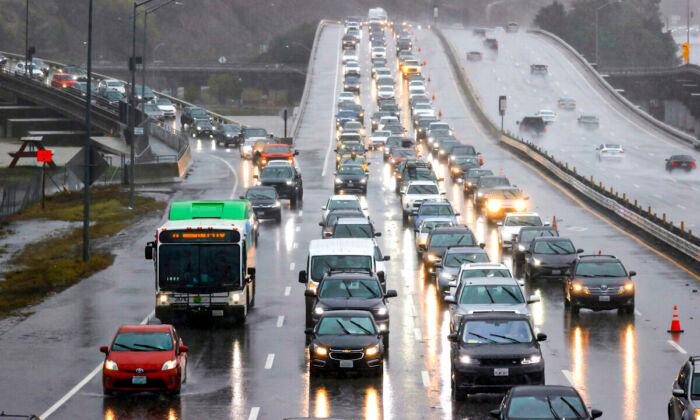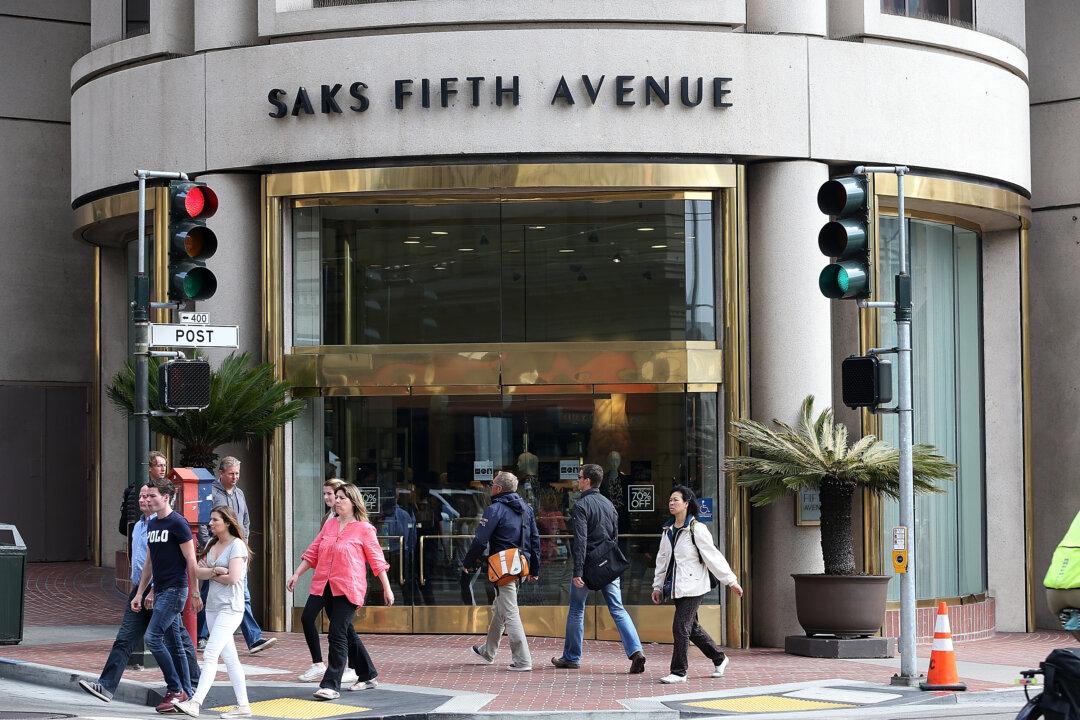Californians have taken on bigger car loans at an alarming pace since the pandemic and more people are falling behind on their payments, according to a new study released by the University of California–Berkeley’s California Policy Lab.
The average auto loan for a new or used vehicle in the state is now over $34,000—about 27 percent or $7,300 more than it was before the pandemic started in 2020.
Loans also increased in length with higher monthly payments during the pandemic, the lab said in a report by authors Sarah Hoover, Steve Ramos, and Evan White.
The amount residents owe on a loan climbed $1,500 or more per year over the past three years, they reported.
In the past decade, the number of Californians with auto loans has climbed 36 percent to nearly 8 million. On average, they owe $24,900 per loan, a 51 percent rise, the study revealed.
The report also found the average debt amount the state’s residents owed was $8,500 lower in 2012, and the monthly payment on a car loan jumped 48 percent in 10 years—from $405 at the end of 2012 to $598 in 2022.
“During the past [10] years, there has been a dramatic rise in the size and length of new auto loans, especially since the start of the pandemic,” the lab’s authors said in a release.
The increase in loan numbers can partially be attributed to auto dealers and lenders lengthening loan terms and reducing monthly payments. The average length of a new auto loan has increased from 60 months in 2012 to 68 months in 2022.
Californians are also falling behind on their auto loans more often since mid-2021, reaching pre-pandemic levels, according to the report.
The delinquency rate dipped to 1.5 percent in June 2021 but climbed to 2.7 percent at the end of 2022, which mirrored 2019. Delinquencies were highest for younger consumers between 18 and 26 years old, the lab found.
Federal and state stimulus checks—including the Child Tax Credit, large unemployment checks, enhanced food stamps, and other pandemic-era funding boosts—helped residents stay current on loan payments, according to the lab.
“With the withdrawal of those policies, financial distress indicators have rebounded,” the lab wrote.
Nationally, auto loan amounts have also steadily increased in the past 10 years, reaching over $41,000 for new vehicles and nearly $28,000 for used cars at the end of 2022, according to Experian, an Ireland-based analytics and consumer credit reporting company.
The average monthly payment for new vehicles hit a record high at the beginning of this year, reaching $730 compared to $656 during the same period in 2022, and a record number of consumers are making monthly payments of $1,000 on their car loans, according to Santa Monica-based car shopping guide Edmunds.
Also, a growing number of luxury car shoppers are choosing to buy vehicles instead of leasing them after the pandemic, according to a report issued by Edmunds in January.
Data shows that new-vehicle leases dropped to 16 percent at the end of 2022, compared to 29 percent during the same time in 2019.
Customers benefited from low-interest rates and high trade-in values for used cars during the pandemic and many signed on to risky auto loans, Edmunds’ director of insights Ivan Drury said in a release.
But as the nation shifted, used-car values dropped and interest rates increased. This resulted in negative equity loans or more loan balances being higher than what the financed vehicles were worth.
The average amount owed on these upside-down loans reached over $5,300 at the end of 2022, compared to just over $4,100 the year before and nearly $5,100 at the same time in 2020.
“We are only seeing the tip of the negative equity iceberg,” Drury said.





